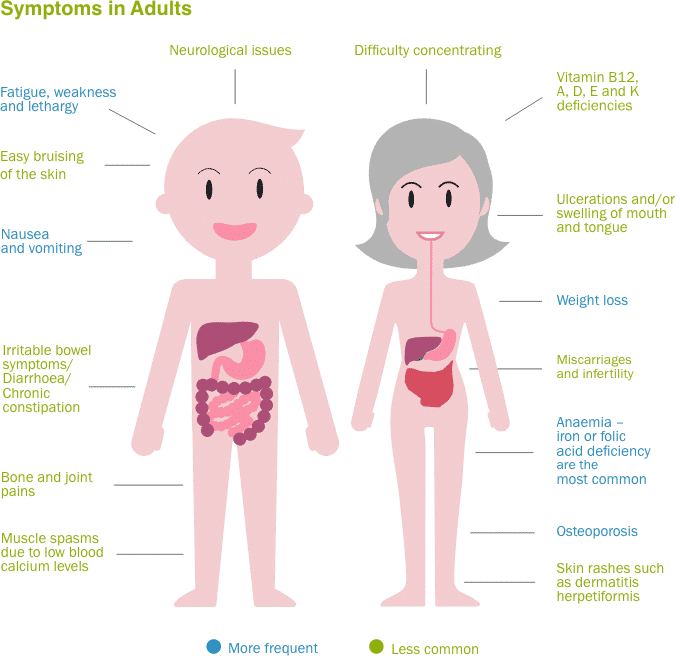Coeliac New Zealand plays a vital role in advocating for people with coeliac disease by representing their needs at a national level and working to improve awareness, diagnosis, and support. Through ongoing engagement with government agencies, healthcare professionals, and the food industry, the organisation helps to ensure safer food labelling, better access to gluten-free options, […]










